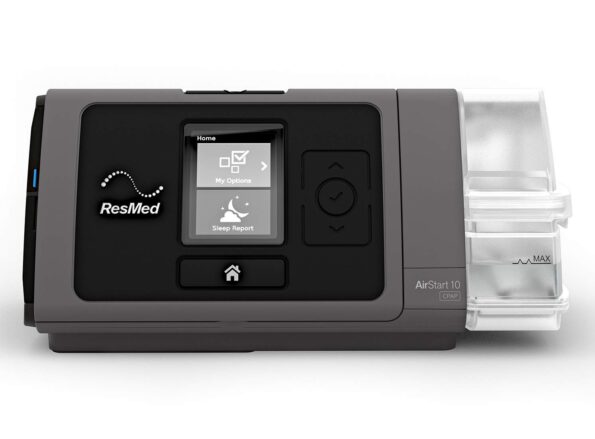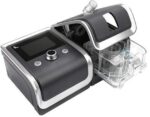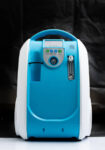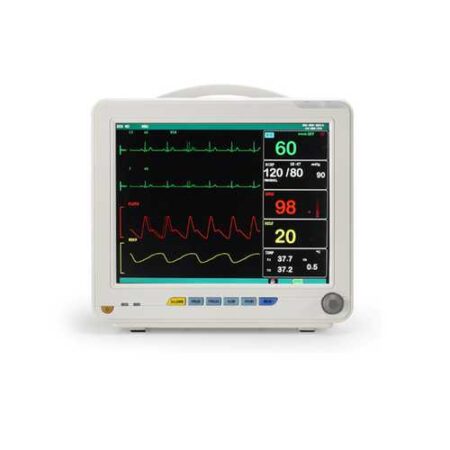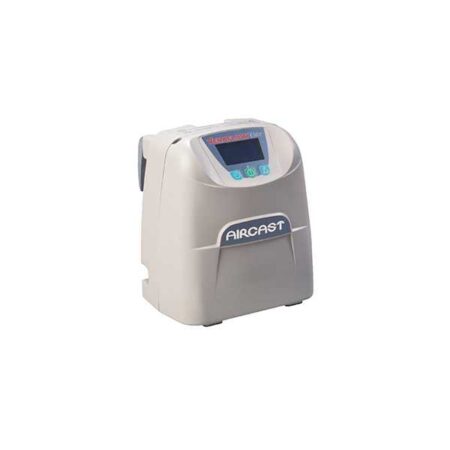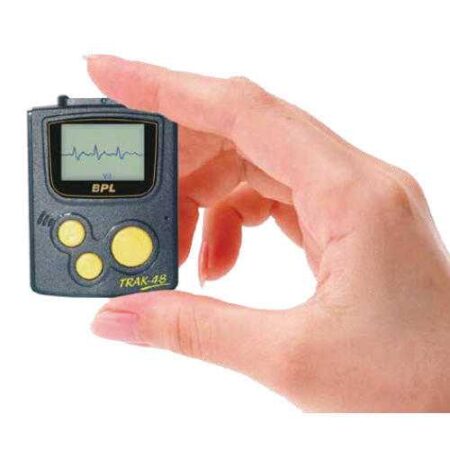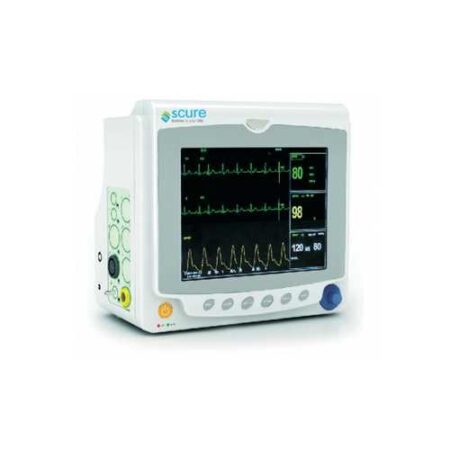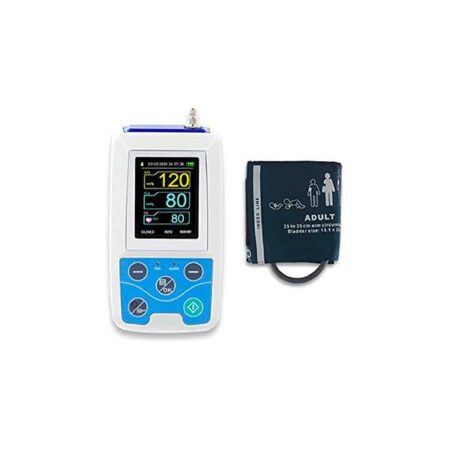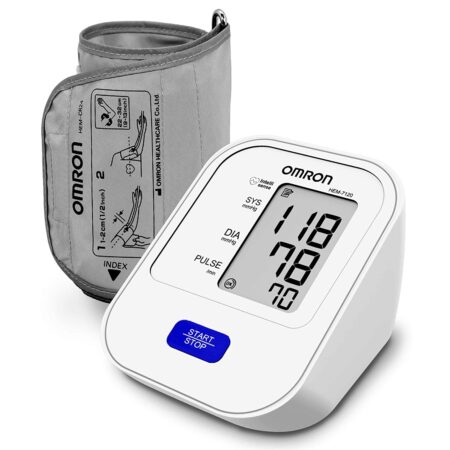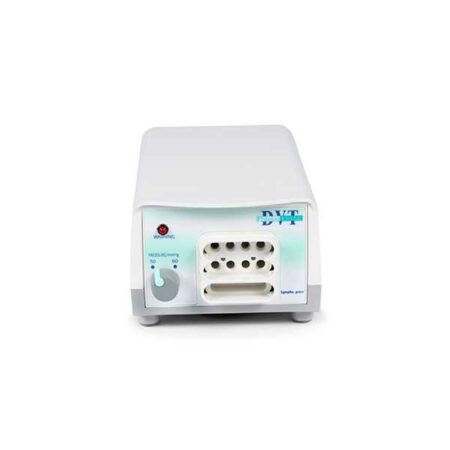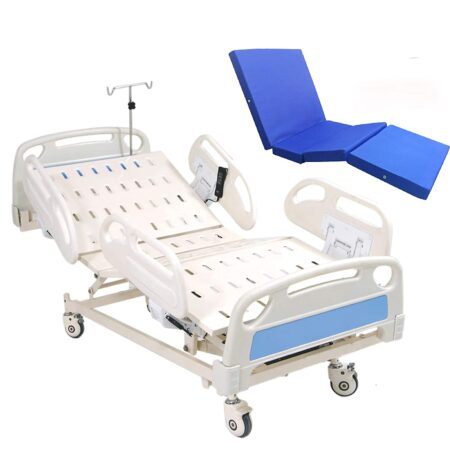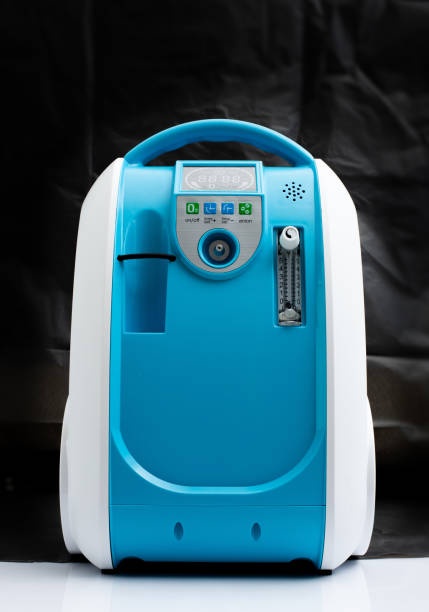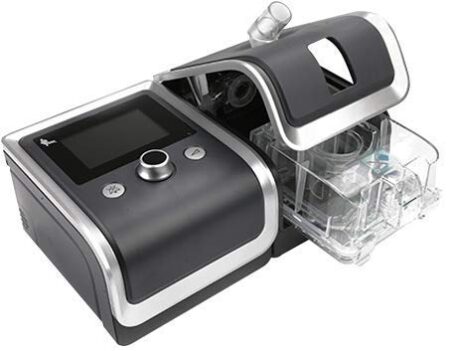CPAP
₹10,000.00 ₹6,000.00
- Get home installation and calibration by qualified bio-medical engineer
- What is in the box – airstart 10 cpap machine, built-in humidair heated humidifier, standard water chamber, standard tubing, SD card (Installed), standard filter (Installed), power supply and cord, travel bag, user guide
- Manufacturer warranty: 2 years
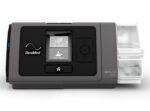
CPAP
₹10,000.00₹6,000.00Request a Call Back
- Ask a Question

CPAP
₹10,000.00₹6,000.00Ask a Question
Continuous Positive Airway Pressure (CPAP) is a therapy commonly used to treat obstructive sleep apnea (OSA). OSA is a sleep disorder characterized by repetitive episodes of partial or complete blockage of the upper airway during sleep, leading to breathing pauses and disruptions in sleep patterns.
A CPAP machine delivers a constant flow of air pressure to the airway, which helps to keep it open and prevents it from collapsing or becoming obstructed. It consists of three main components:
- CPAP Device: The CPAP device itself is a small box-like machine that houses a motor and a fan. It generates pressurized air and delivers it to the patient through a hose.
- Mask: A CPAP mask is worn over the nose, mouth, or both, depending on the individual’s needs. The mask is securely connected to the CPAP device via the hose, and it ensures that the pressurized air is delivered effectively into the airway.
- Hose: The hose connects the CPAP device to the mask. It carries the pressurized air from the device to the mask, allowing the patient to receive the continuous airflow during sleep.
Here’s how CPAP therapy works:
- Set Up: The CPAP device is placed near the bed, and the hose is connected to the mask and the device.
- Mask Placement: The mask is fitted over the nose, mouth, or both, depending on the type of mask used. It should be snug but not overly tight to ensure a proper seal.
- Start the Machine: Once the mask is in place, the CPAP machine is turned on. The machine will begin delivering a continuous stream of pressurized air through the hose and mask.
- Adjustments: The airflow pressure is typically adjusted based on the individual’s needs and prescribed settings. A sleep specialist or respiratory therapist can help determine the appropriate pressure level.
- Sleep Monitoring: The CPAP machine is used throughout the night during sleep to maintain a consistent airflow and prevent airway obstruction. The machine may have additional features, such as a humidifier to add moisture to the air and improve comfort.
CPAP therapy can be highly effective in treating sleep apnea by reducing or eliminating episodes of airway obstruction, improving sleep quality, and alleviating symptoms associated with the condition, such as excessive daytime sleepiness and snoring. It is important to follow the prescribed treatment plan, regularly clean and maintain the CPAP equipment, and consult with a healthcare professional for any adjustments or concerns related to CPAP therapy.
Related Products
- AirCast VenaFlow Elite System. Universal pump design is compatible with all three cuff styles (calf, foot, and thigh)Asymmetric compression for superior emptying of veins
- Light, cool, latex-free cuffs help promote patient compliance.
- Preset alarms and patient counter available for ease of use.
- Low profile, light-weight design for easy storage and transportation.
- Compliance alarm available for patient monitoring.
- Telescoping bed hanger extends up to 3.5 inches and accommodates most beds.
- Battery installed units are available upon request.
- Automatic cuff detection identifies and adjusts pressure based on cuff configuration attached
- Preset pressures and alarms eliminate the need for adjustments.
- A universal pump for calf, thigh and foot cuffs provide ease of use and less inventory.
- Soft and breathable cuffs assist in increasing patient comfort.
Patient range: adult, pediatric, neonate. 24 hours ambulatory NIBP monitoring function, up to 350 groups of ambulatory NIBP data can be recorded for once. A perfect combination of automatic and manual measurement method, up to 300 groups of data can be recorded for once by manual measure.
High-definition color TFT display, strong visibility
Display of low power prompt, alarm, error message and time.
About this item
- The omron hem 7120 is a compact fully automatic blood pressure monitor operating on the oscillometric principle for precise measurements and accurate results. It measures your blood pressure and pulse rate with easy one touch operation
- Cuff Size – Fits Arm Circumference (22-32Cm) The device uses its advanced IntelliSense technology for comfortable controlled inflation without the need of pressure pre-setting or re-inflation even a slight pressure change can be detected resulting most accurate measurement
- Along with blood pressure monitoring this product detects irregular heartbeat. It is loaded with body movement indicator and blinks if your systolic or diastolic pressure is outside the standard range (above 135 systolic/85 diastolic mmHg)
- Omron hem-7120 comes with 3 years warranty and lifetime support provided by omron. This digital blood pressure monitor is guaranteed to meet your standards
- This product is mainly designed for general household use. Please read the Important safety Information in the instruction manual before using the unit. Hypertension Indicator
- Phlebo Press DVT is an intermittent sequential pneumatic compression device for prevention of postoperative deep vein thrombosis.
- Optimal compression cycle for maximum blood transition in deep veins.
- Four compression cells per limb provide greater directionality of flow and enhance patient comfort.
- Calf-length sleeves with plantar pressure to mimic both foot and muscle pumps, for maximum flow enhancement.
- Comfortable to wear, easy to remove.
- Pleasant and smooth massage action.
- Audio & visual alarm.
- Easy operation and monitoring.
- Choice of washable or disposable sleeves
About this item
- Very Comfortable and Manually adjustable IC Positions Obtained by remote – Head elevation, Foot Elevation, Hi and Low Position & Trendelenburg/ Reverse Trendelenburg Elevation Material- pre treated epoxy coated mild steel in ivory color Bed Accessories – 4 pcs, individual side railing .ABS Moulded(tuck away) SS Telescopic IV Rod Dimension – Length 210 cm width x 90 cm height 60 cm
An oxygen concentrator is a medical device that helps individuals with respiratory conditions receive supplemental oxygen. It is commonly used by people who have low oxygen levels in their blood, often due to conditions such as chronic obstructive pulmonary disease (COPD), pneumonia, or other respiratory disorders.
- It comes with Humidifier and Mask
- Full Face or Nasal
- Dynamic parameters adjustment. Multiple data retrieval

